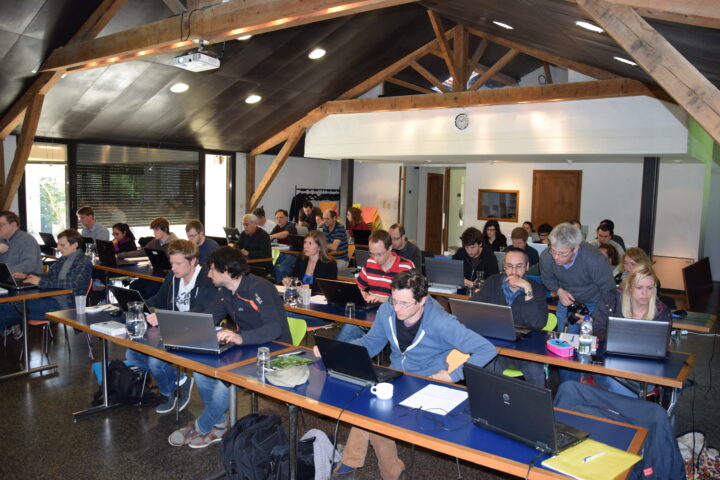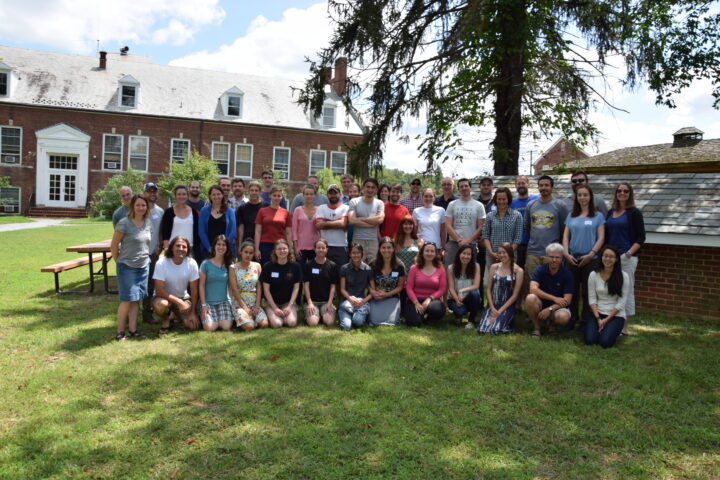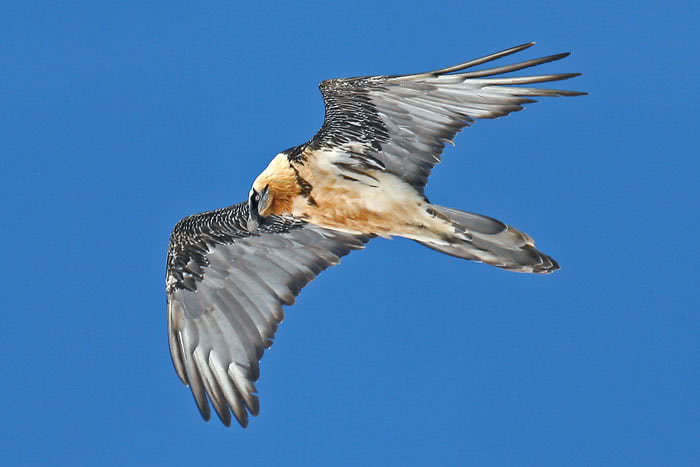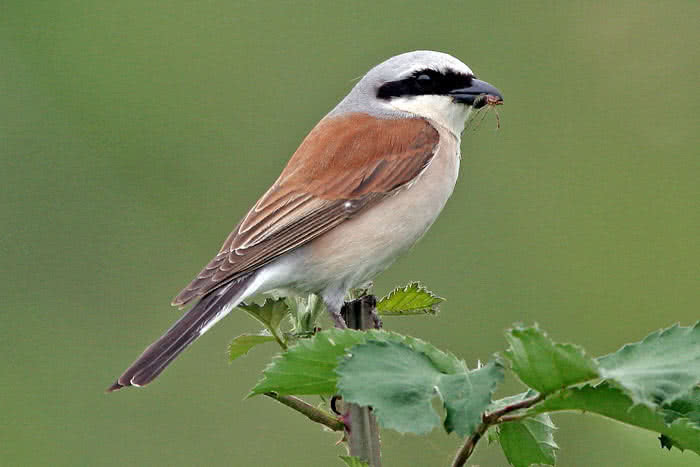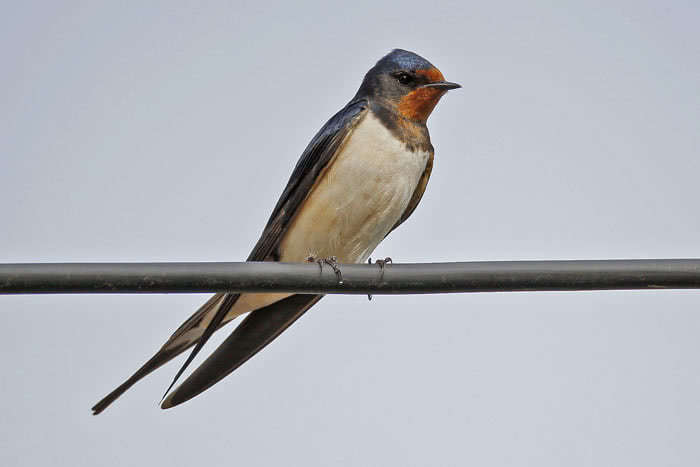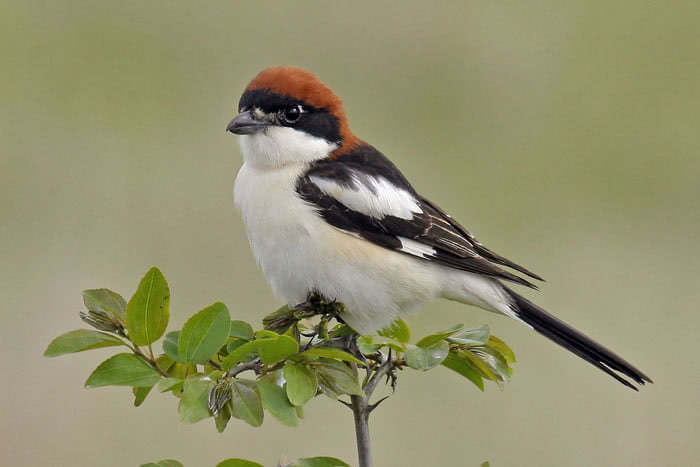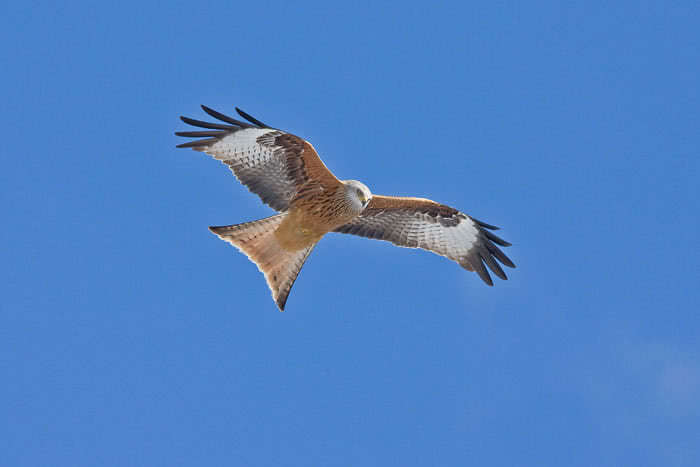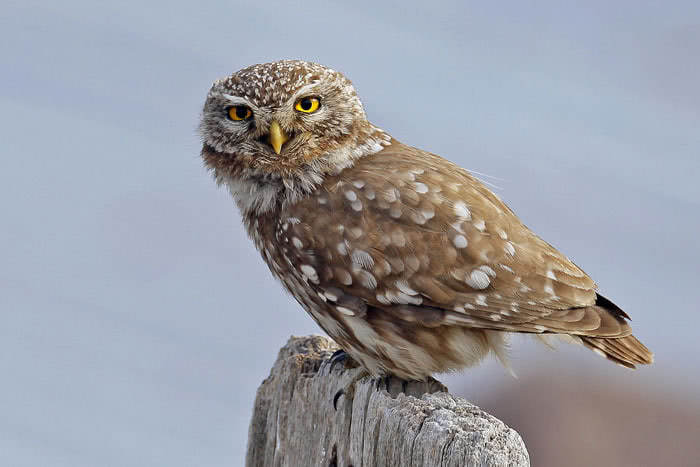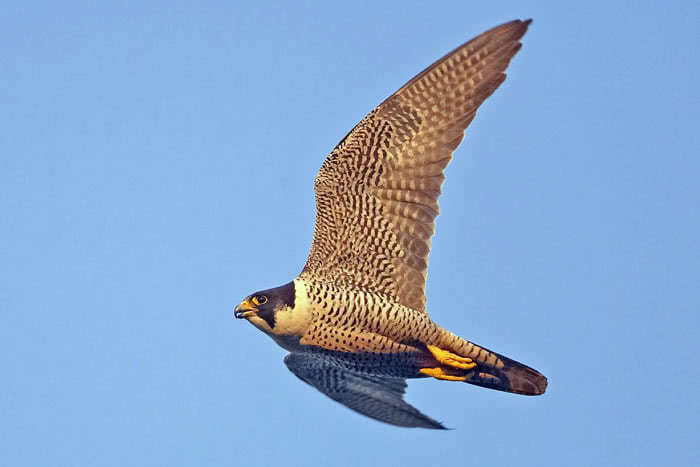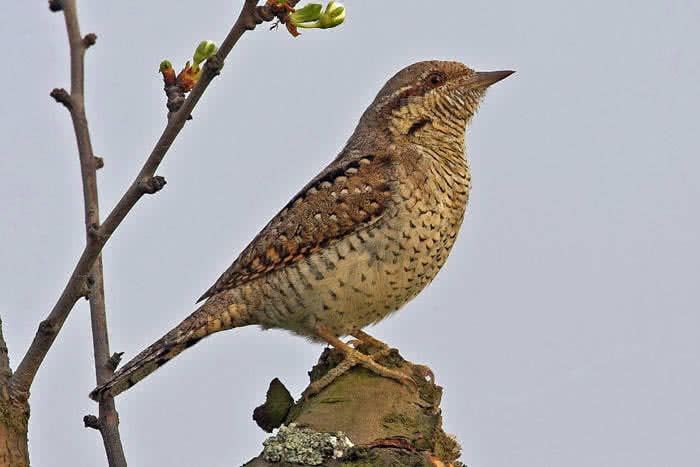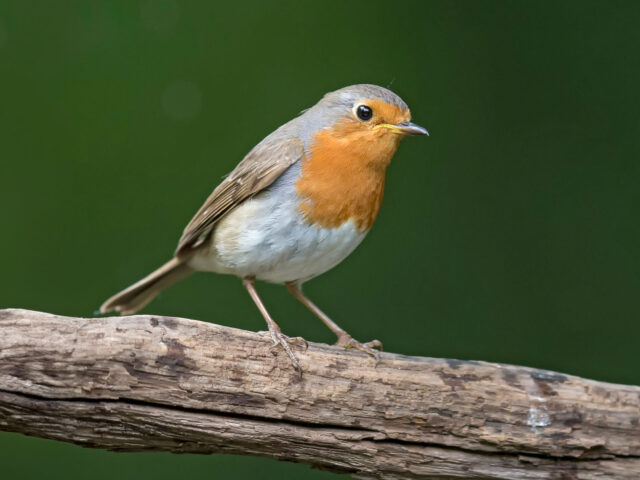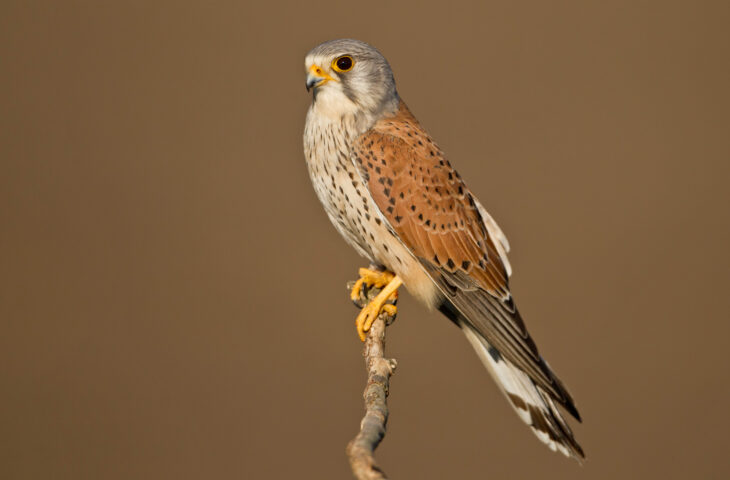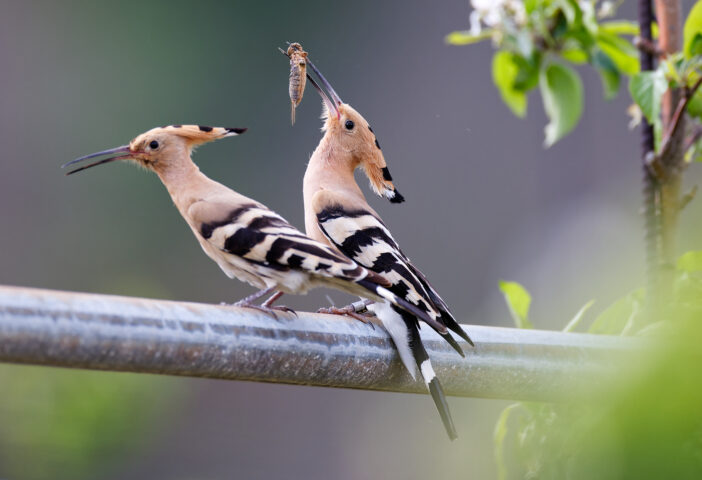Population trends depend on how many individuals survive, how many are born, how many immigrate and how many emigrate. Integrated population models jointly analyse multiple types of data (e.g. population counts, capture-recapture data, breeding success data). The result is more accurate estimates of demographic processes and a deeper understanding of the causes of population change. The development of such models is of fundamental interest at the interface between population ecology and statistics, and is crucial for diagnosing the causes of declines in rare species.


Sand martin


Workshop at Univeryity of Trondheim, Norway, 2017

Workshop at the Tour du Valat, Camargue, France, 2015

Workshop at the Patuxent Wildlife Research Center, USA, 2016

Workshop at the Vogelwarte, Sempach, 2023
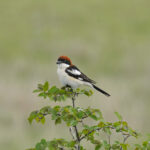

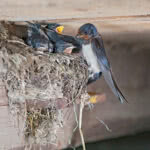
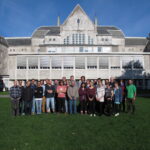
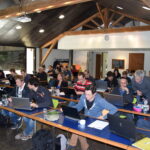
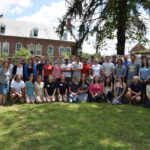

Sand martin
Workshop at Univeryity of Trondheim, Norway, 2017
Workshop at the Tour du Valat, Camargue, France, 2015
Workshop at the Patuxent Wildlife Research Center, USA, 2016
Workshop at the Vogelwarte, Sempach, 2023







The development of new statistical models allows to study the demography and dynamics of bird populations and to understand the causes of population fluctuations
Details
Project objectives
The aim of the project is to develop and test integrated population models (IPM) and apply them to case studies of selected species in order to better understand their population trends. We aim to gain knowledge both in basic research at the interface of population ecology and statistical sciences, and in the application of the models to selected species, e.g. to optimise conservation measures. We also want to transfer our knowledge and experience of IPMs to other researchers.
Methodology
We develop new integrated population models, test them with simulated data and apply them in case studies. In addition to our own data, we use and analyse data from other researchers in collaborative projects. We share our knowledge of the theory and practice of this powerful class of models with researchers around the world through scientific articles, textbooks and workshops.
Significance
Integrated population models were developed around the year 2000 and have become indispensable in today’s empirical analysis of population dynamics. They are complex statistical models and their application requires special expertise. The Swiss Ornithological Institute has become a centre of excellence for integrated population models and has gained many important insights into the functioning of bird populations.
Results
In 2022, all the research on integrated population models was summarised in the world’s first textbook on the topic. Numerous case studies of different species have been published in the scientific literature. One important finding is that bird populations are often strongly influenced by immigration and emigration, as birds are highly dispersing. This finding is important for conservation because it shows that the spatial units to be protected must be large enough to be independent of processes in neighbouring populations.
Project partner(s)
Financial support
Publications
https://doi.org/10.1016/j.fishres.2023.106925
https://doi.org/10.1111/jav.03112
https://doi.org/10.1111/1365-2656.13676
https://doi.org/10.1111/2041-210X.13825
https://doi.org/10.1002/ece3.9274
https://doi.org/10.1111/1365-2656.13807
https://doi.org/10.1007/s00442-021-04963-2
https://doi.org/10.1111/acv.12594
https://doi.org/10.1002/eap.2258
https://doi.org/10.3389/fevo.2021.780706
https://doi.org/10.2981/wlb.00874
https://doi.org/10.1111/acv.12540
https://doi.org/10.1002/ece3.6281
https://doi.org/10.1111/brv.12549
https://doi.org/10.1002/ecm.1364
https://doi.org/10.1002/jwmg.21404
https://doi.org/10.1038/ncomms14812
https://doi.org/10.1111/acv.12217
https://doi.org/10.1111/ele.12628
https://doi.org/10.1111/1365-2656.12423
https://doi.org/10.1007/s00442-011-2070-5
https://doi.org/10.1016/j.ecolmodel.2012.05.007
https://doi.org/10.1111/j.1365-2664.2010.01789.x
https://doi.org/10.1111/j.1461-0248.2010.01459.x
https://doi.org/10.1016/j.biocon.2010.04.047
https://doi.org/10.1111/j.1523-1739.2007.00743.x
https://doi.org/10.1111/j.1365-2656.2005.00961.x
Project team members



Trade publications
2022
Europe and the West African savannas Bruderer, B. & D. Peter, 2022
Contact: info@vogelwarte.ch
License: zenodo-freetoread-1.0
doi-Link: doi.org
Contact: bruno.bruderer@vogelwarte.ch
2021
Contact: info@vogelwarte.ch
License: zenodo-freetoread-1.0
doi-Link: doi.org
Contact: bruno.bruderer@vogelwarte.ch
Species concerned
Population Biology
We study the populations and distribution of species and species communities, as well as the factors that cause their changes across space and time.





